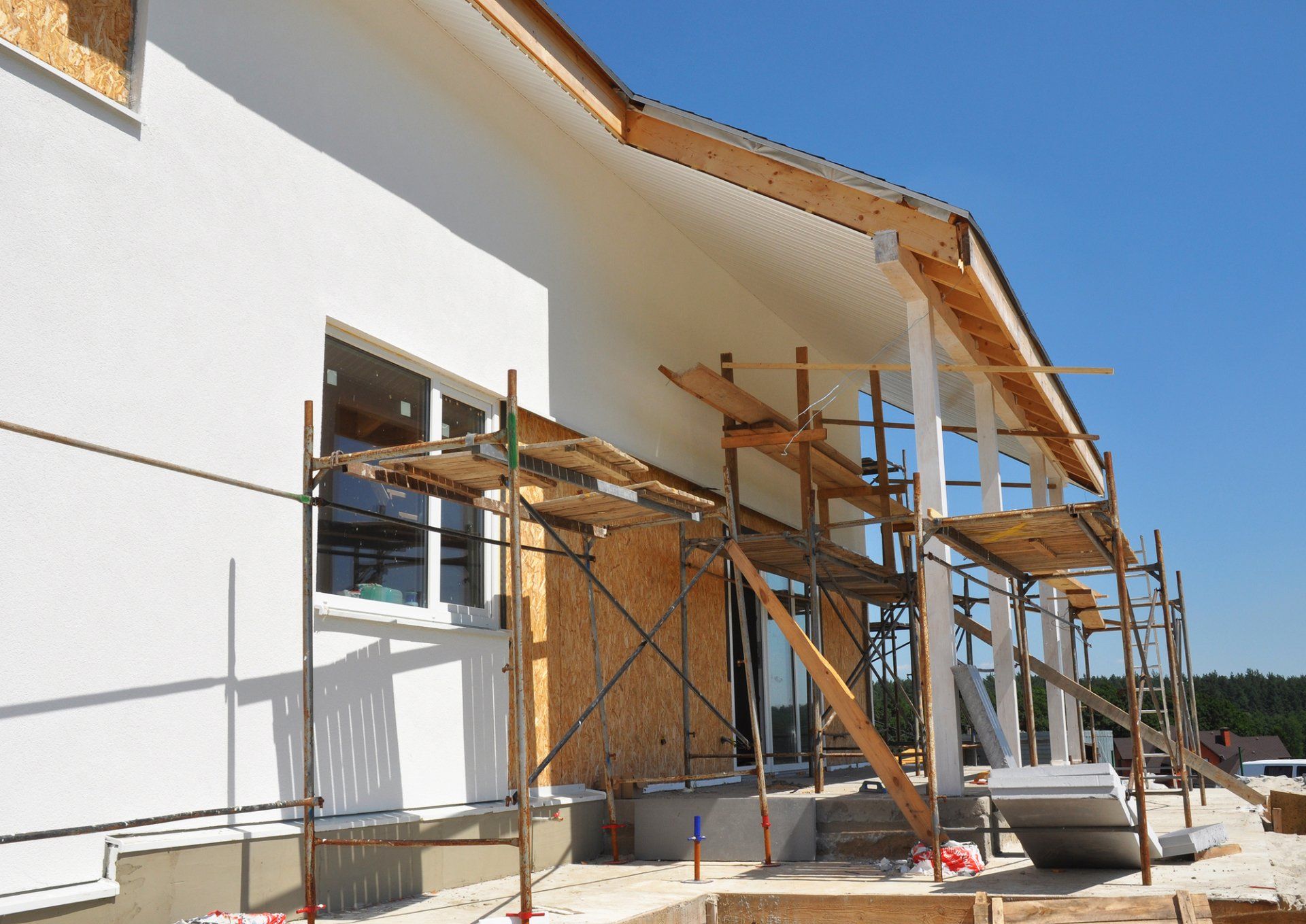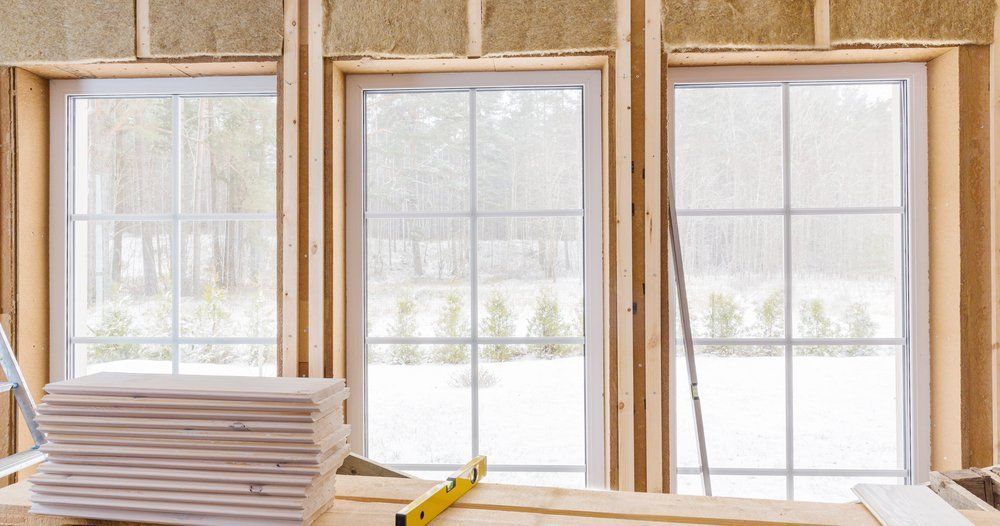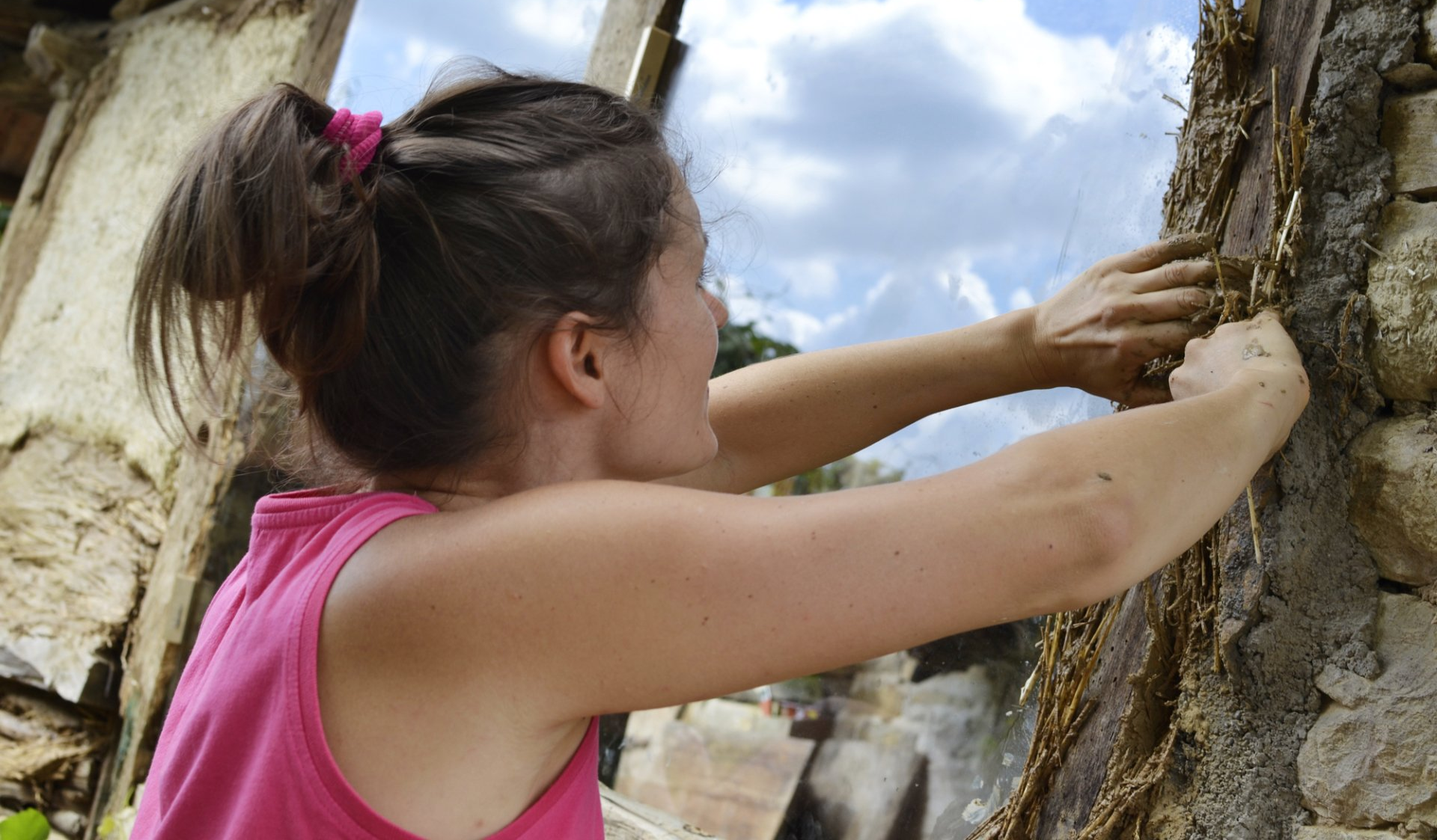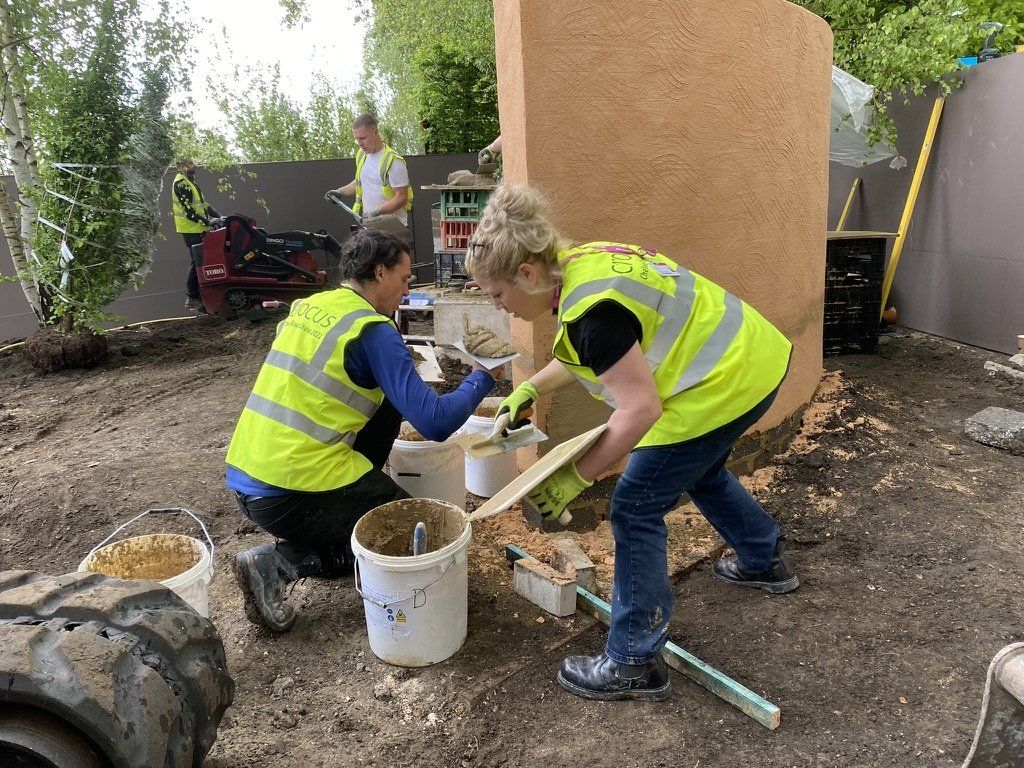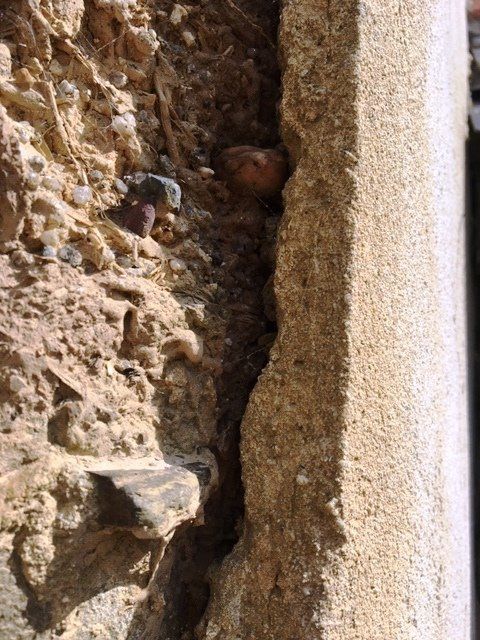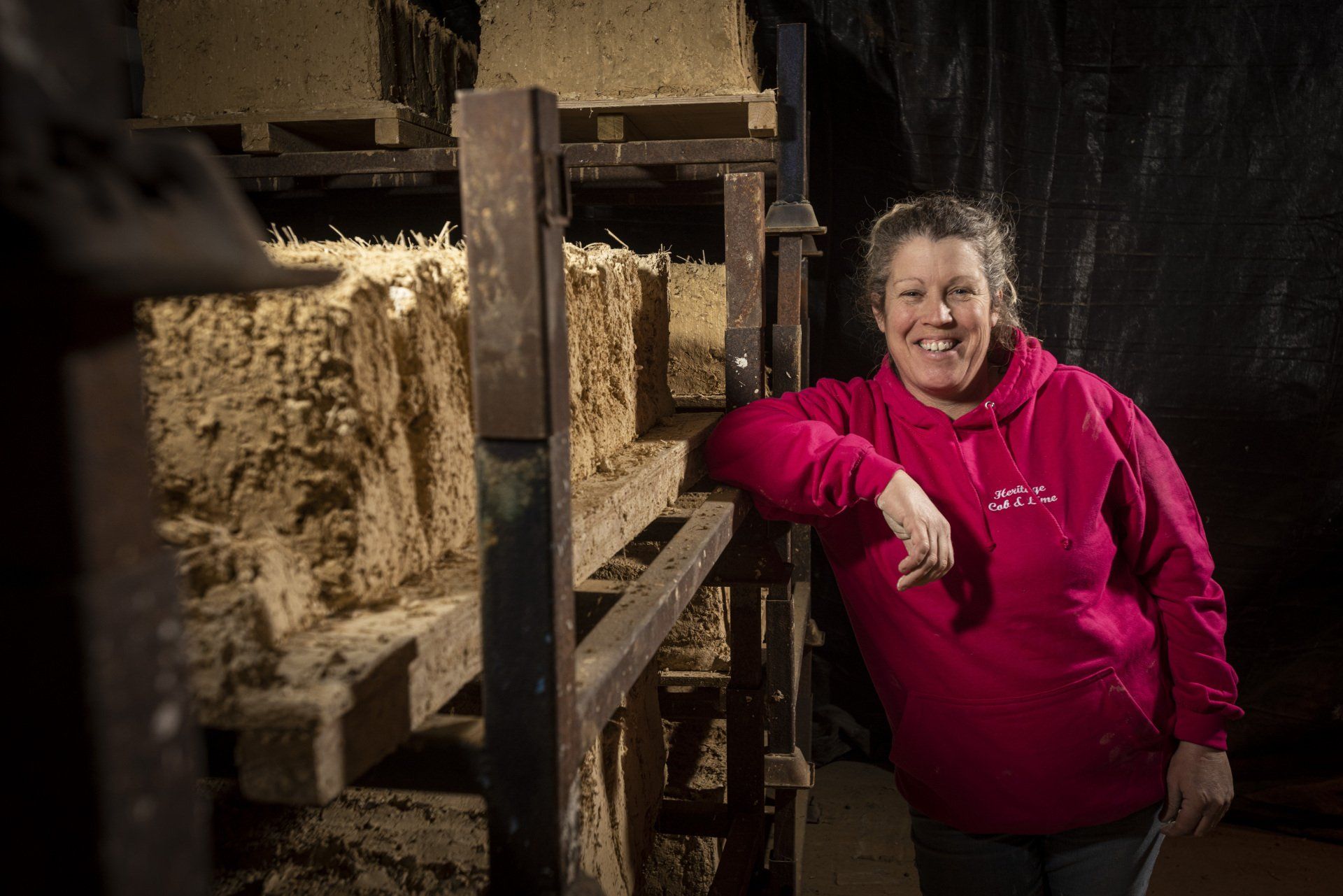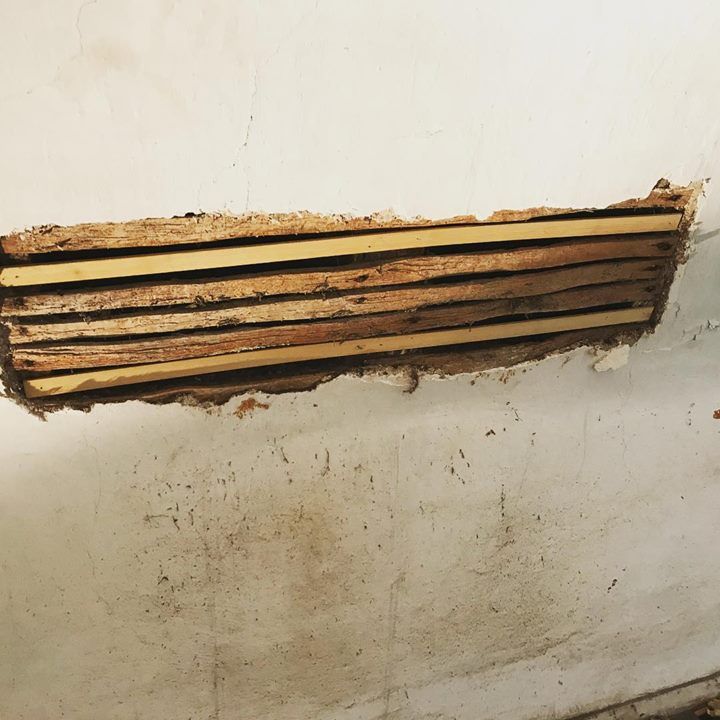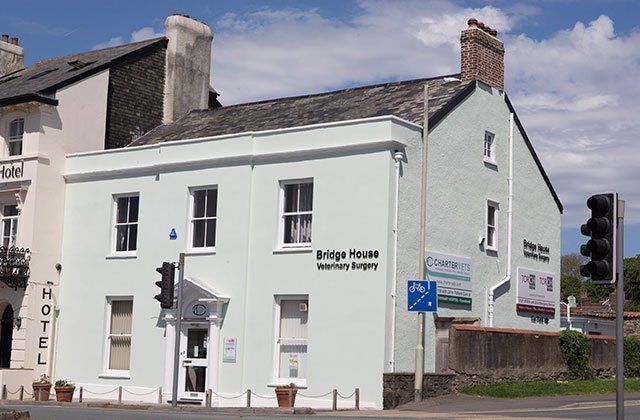Bideford Business Park Unit 20 | Coates Road East-The-Water | Bideford | EX39 4GD
How Traditional Construction Methods are Being Used to Make Modern “Eco Homes”
When you think of an “Eco Home” it can conjure the image of a futuristic, ultra-modern dwelling. Perhaps you’re thinking of gadgets and gizmos that use technology to make your home an environmentally friendly, tranquil place to spend your time.
Inside, an eco home can be as technologically advanced as you choose. If you want to set the room temperature for individual floors or individual rooms, or adjust the lighting at different times of the day, it can all be done from an app on your mobile. Having regulated temperature, with thermal choices tailored to your family, can make your home environment pleasant all year round, no matter what the weather is doing outside.
Outside, the construction of eco homes is an area where there is a huge choice to suit all budgets and timescales. With television programmes showing how easy it can be for anyone to create an eco home there has been a resurgence in country living and a shift away from the urban rat-race. Even in the innermost suburbs there are steps you can take to make your city home an eco home.
In terms of construction, there are many ways to make your home an eco home. Typically eco homes are built with the same key structural components as any home. You’ll still need the foundation, roof, windows and doors. But, true eco homes are built using natural products, earth, wood, water and other naturally sustainable materials. Unique and elaborate constructions can be created and still meet our modern building regulations and standards.
An exciting choice of natural materials
Cob
The most widely known natural material for building eco homes is cob and cob is a mixture of clay earth, sand and straw. There are houses built by hand with cob which are still standing strong many hundreds of years after they were created. Cob is a versatile material which allows the building to breathe. It stores heat during the day and slowly releases the heat overnight to keep a steady temperature. When using cob, an eco home can be built by hand or using a frame.
Adobe
This eco home building material is similar to cob, but with added water. Adding water enables the material to be moulded into bricks. The bricks can be created in regular shapes and sizes to build solid structures which follow identical designs.
Rammed Earth
This method uses cob material but instead of freestyle building by hand, the rammed earth method uses a wooden frame to provide structure and support to the cob. Rammed earth is known to be a quicker method of construction.
Straw Bale
Similar to the rammed earth method, homes built using the straw bale method use a timber frame to provide structure to the building. Using the timber frame, the straw bales can be built as loadbearing walls or partition walls and provide superior natural insulation to your home.
Cordwood
This is another natural method to build your eco home. Using pieces of wood, the structure is created and filled with a lime-based or clay-based mixture to create the framework for multiple levels.
Hemp or Hempcrete
An alternative to cob, this method combines hemp, water and lime to form a mixture suitable for creating your sustainable home. It can also be used in roof insulation to help keep residue heat inside and reduce utility bills.
The purpose of Eco Homes
As well as creating a comfortable environment, eco homes are sustainable and have a low carbon footprint. They can be designed to your unique specifications and built on land you purchase in a location you choose.
Using natural, sustainable, materials, an eco home functions exactly as any other home. If you choose to get involved from the beginning creating the plans, getting planning permission, finding and funding the materials and labour, perhaps even “throwing some mud” yourself, you’ll find complete satisfaction in designing, building and owning an eco home.
How you can create your own Eco Home
The first step to creating your own eco home is to truly desire one of these environmentally friendly, naturally built, energy efficient places to live. Then there is the choice of whether to purchase land and put pen to paper creating designs for your home in sketches and then architectural drawings approved by planning and building regulations. Or, would you rather purchase an eco home that has already been built and lived in?
If you already own an eco home, you’ll know how enriching it can be living in a place that may have been built hundreds of years ago, or perhaps built recently but using traditional techniques and ancient building craftsmanship.
Whether you choose to build an eco home from scratch or to purchase an eco home that has already been built it will be a great experience for you and your family.


